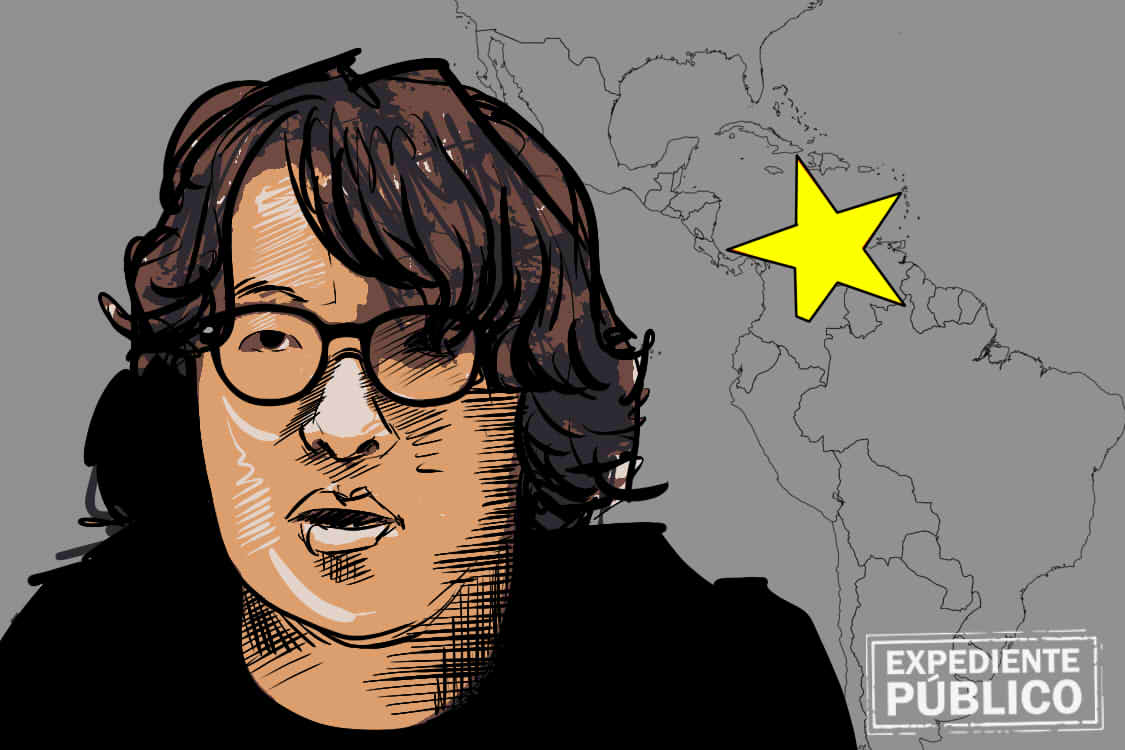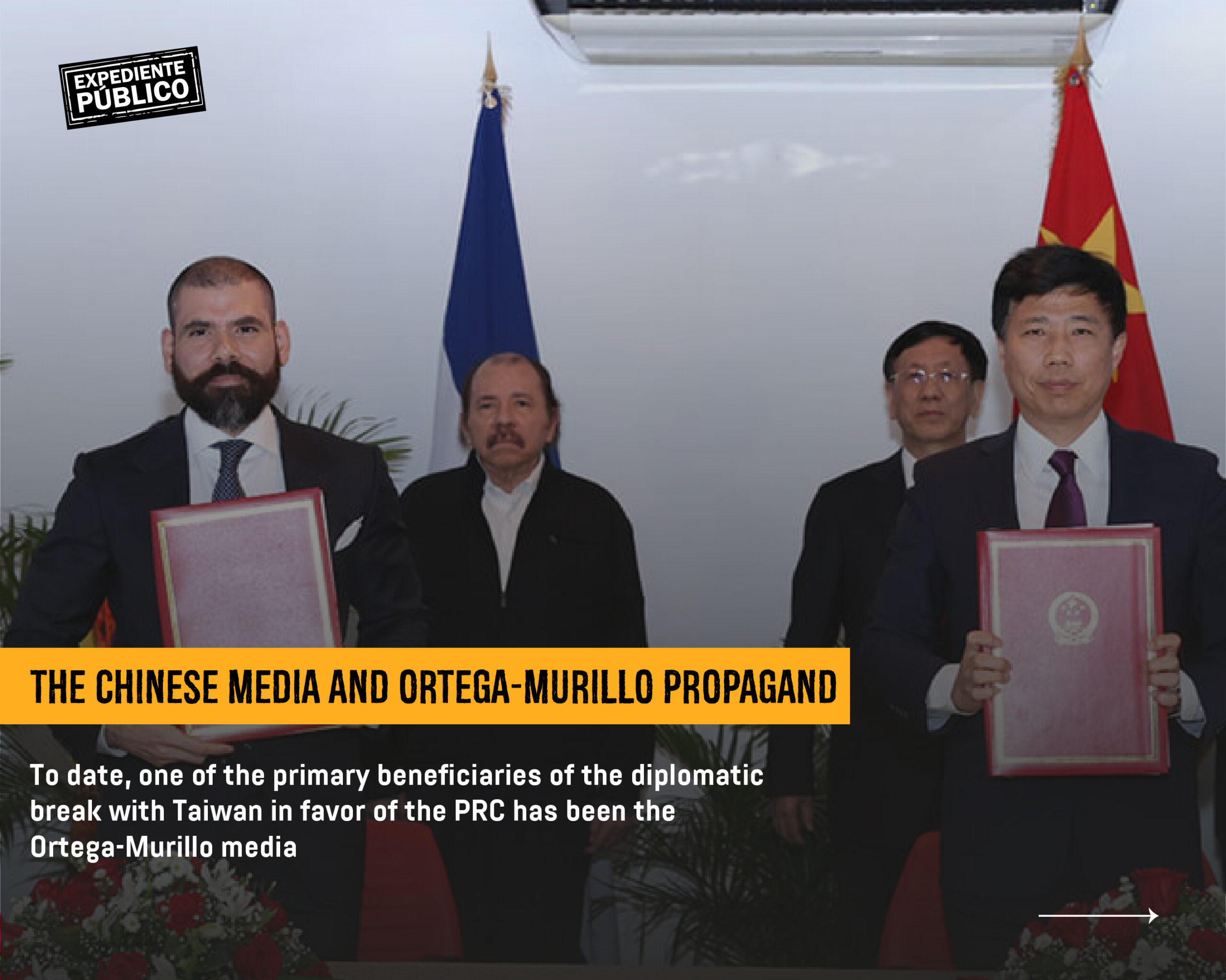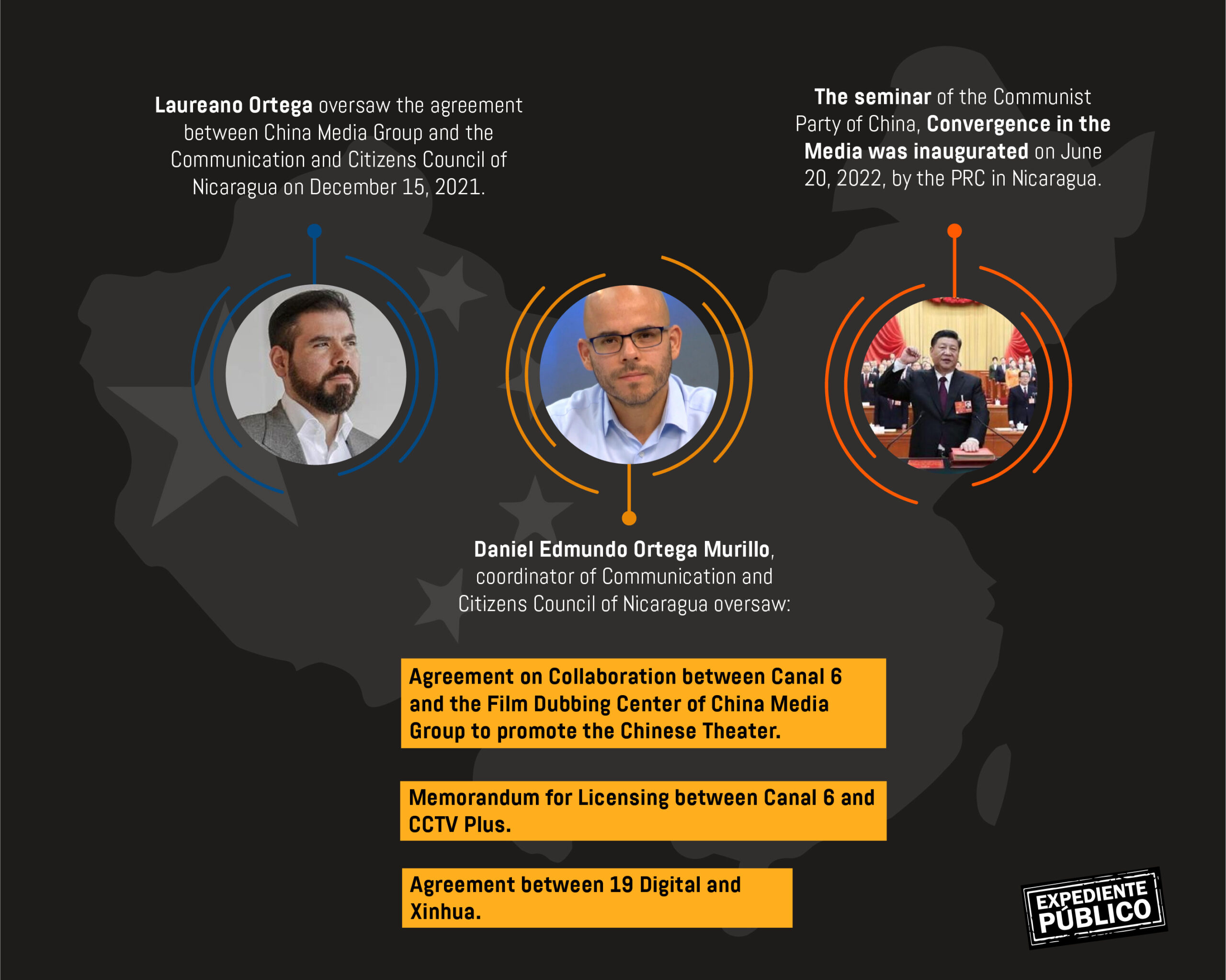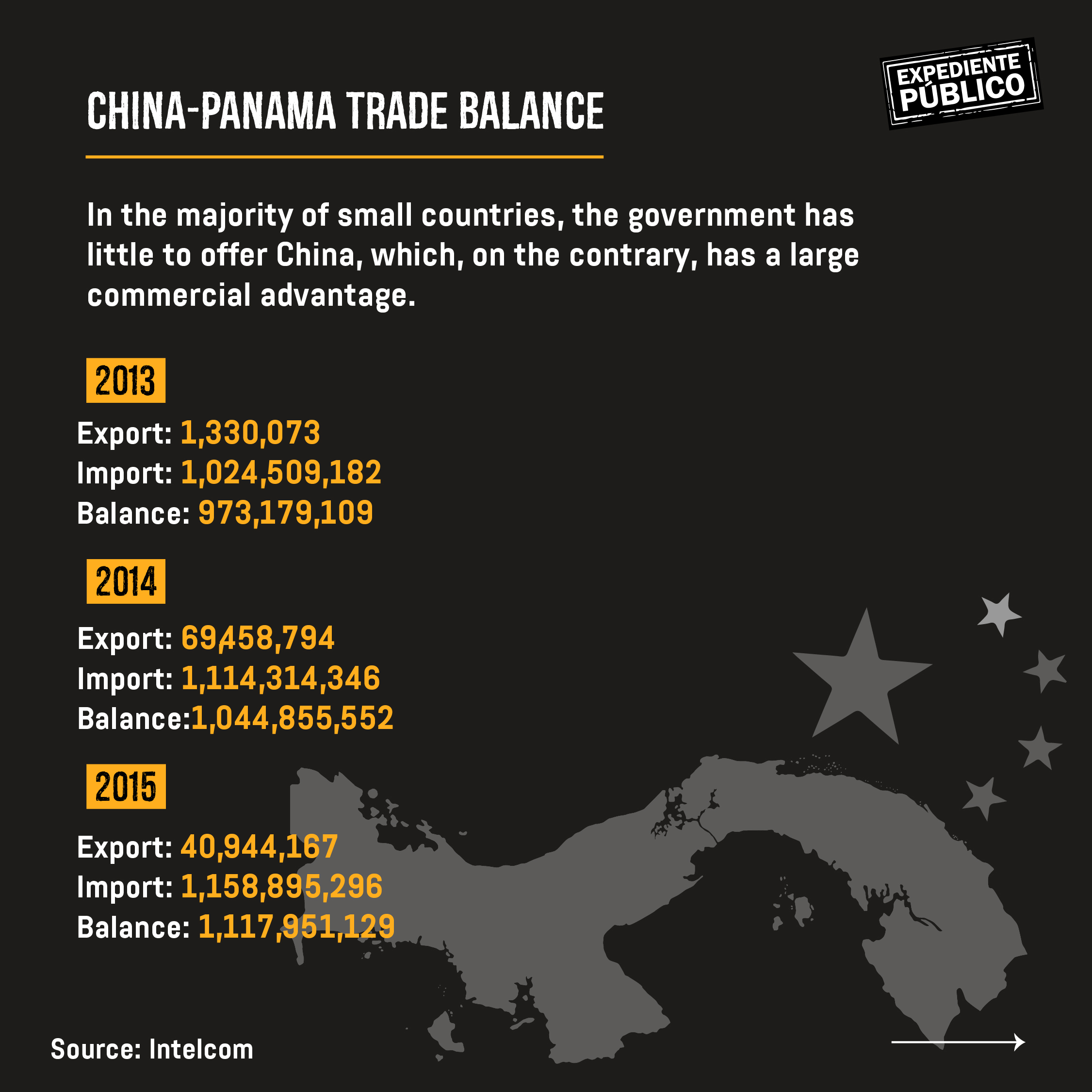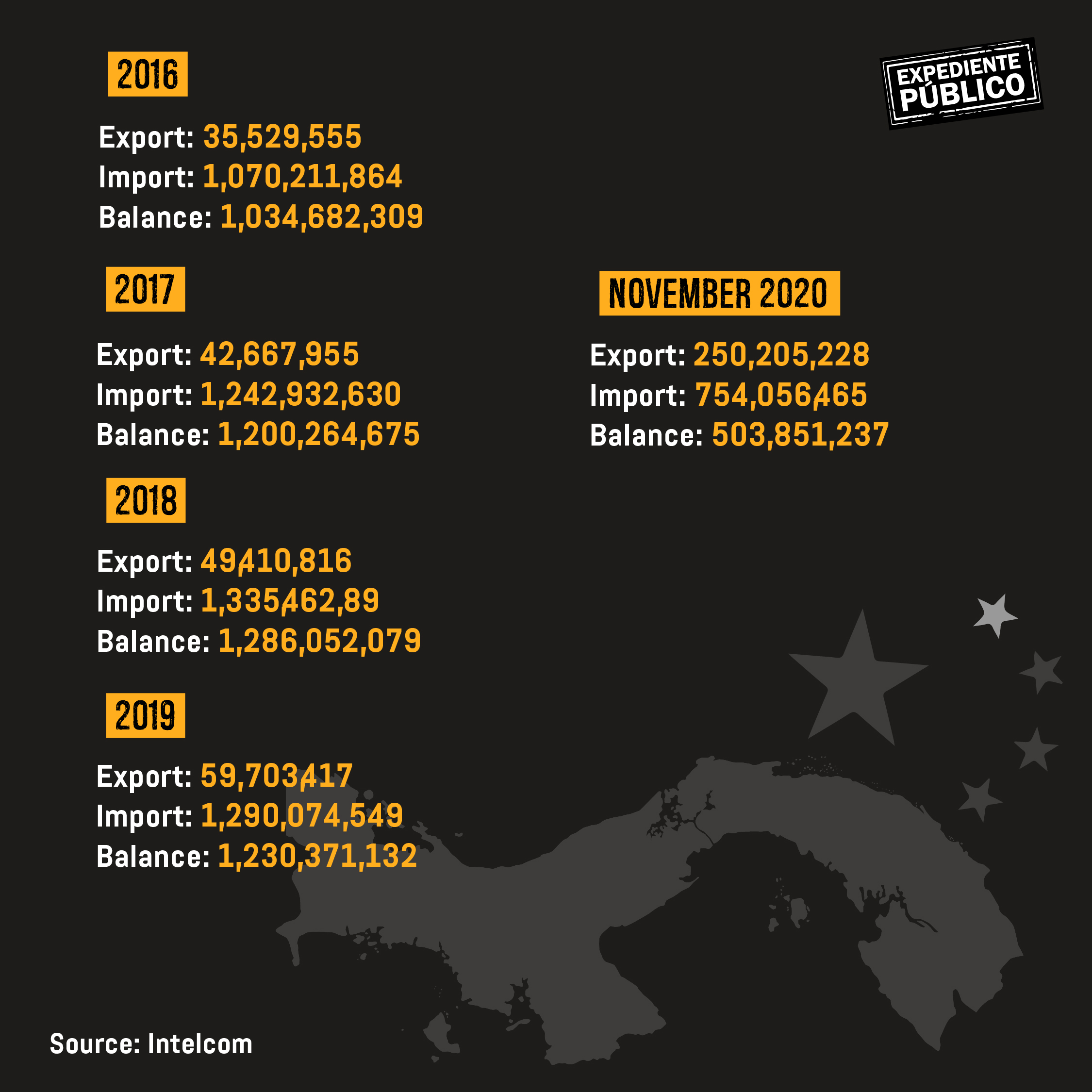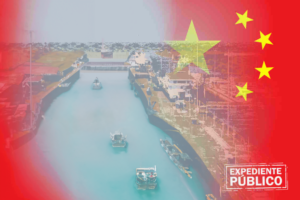*China seduced Latin American politicians with economic promises and large-scale investments, but China’s current focus is primarily political, according to Puma Chen, the president of the 2022 China Index, in an interview with Expediente Público.
**The 2022 China Index reveals that technology plays an important role in Latin America because it is leveraged by the Chinese to increase economic dependence.
Expediente Público
The People’s Republic of China (PRC) now does not spend millions of dollars in Latin America to obtain statements adjusted to its global agenda. The president of the 2022 China Index, Puma Chen told Expediente Público that “the PRC only has to reach certain politicians and make sure that it has connections, which cost a lot less money,” when consulted on China’s influence in different countries.
Shen is vice president of the Taiwanese Association of Human Rights, assistant professor at the National University of Taipei, and director of the Doublethink Lab, an organization that investigates influence and disinformation coming out of the PRC.
The 2022 China Index currently monitors Chinese communist influence in 83 countries. The next edition will include 100 countries.
Even though there are economic interests that drive Chinese influence in Latin America, which leverages other types of actions, during the period of investigation from 2020 to 2021, the economic debilitation due to the pandemic made Chinese interest in the region firstly, political and secondly, technological, according to Shen.
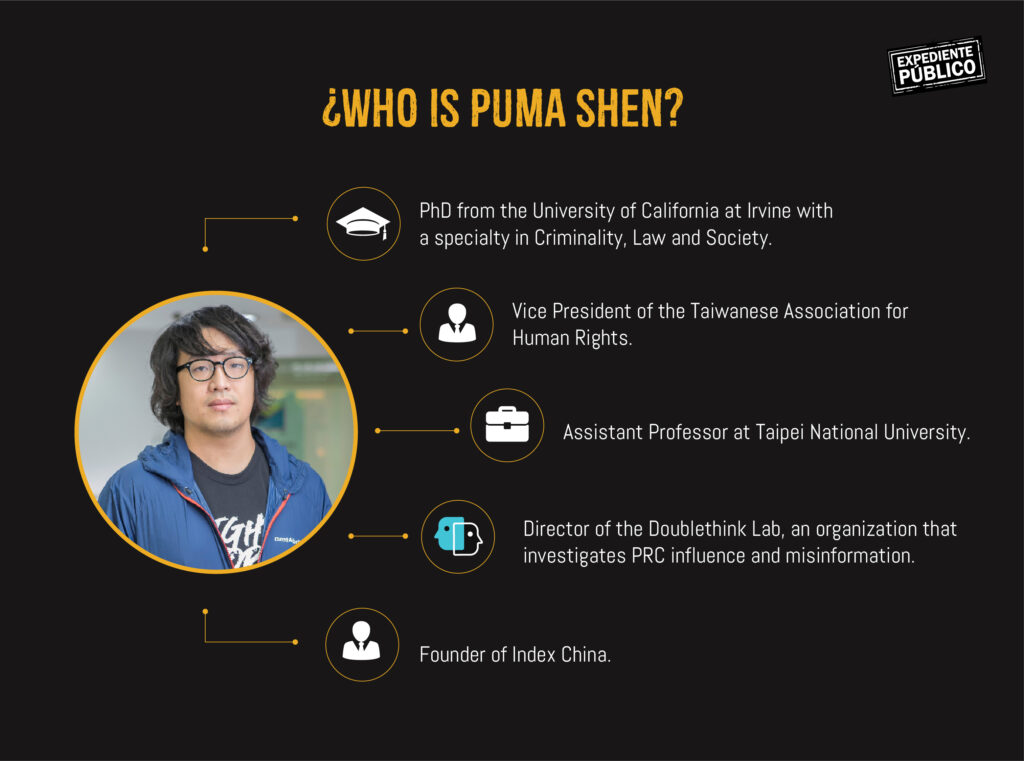
“We discovered that in Latin America, they are more focused on politics, particularly on foreign policy because it appeals to nations and is much easier to use; it is very symbolic,” Shen said.
Chinese politicians and diplomats tend to look for connections with national and local politicians, inviting them to eat dinner and financing trips or bribing them to unite interests and side with China, according to Shen.
Read: China is a threat to institutions, democracy, and transparency
Another finding is that technology plays an important role in Latin America. “There are many agreements and contracts not only regarding networks but also regarding tracking, technology, and equipment. China offers all of this to Latin American countries to create a different type of dependence,” warned the expert.
But in Central America, it is a different story. “We believe that the United States has more influence. Maybe, the sub-region has more alternatives from which to choose, and for this reason, when it comes to technology, China does not have as much influence on Central America as it does on the rest of the region.”
Taking Advantage of Opacity and Corruption
China has been using many strategies that target politicians, trying to reach many of them and even bribing them to mask national politics in China. And that in part applies to each country.
Despite this, the research discovers that the least corrupt countries receive more pressure from China and use the diaspora to expose the Chinese system.
It is much easier for China to influence, ideologically, countries with high levels of diaspora. “Without the Chinese diaspora, it would be a lot more difficult for China to construct an ideology, bring down the ranking for some countries.”
“However, if we analyze the media, educative institutions, and law enforcement, these areas, in general, do not apply to every country. Only some countries have been profoundly influenced in these spheres,” said the expert.
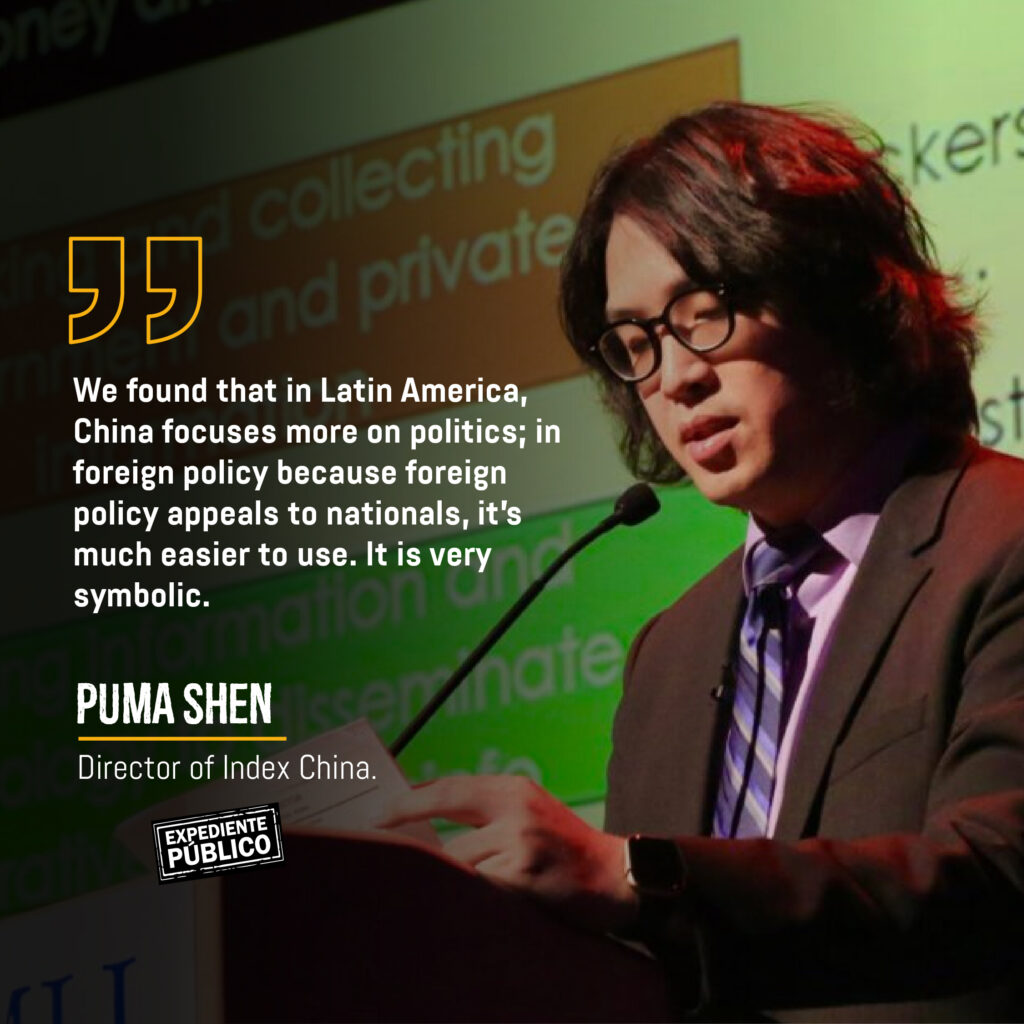
Influence in Strong Democracies
“When we look at the rankings of the China Index, we find that countries that are part of the Organization for Economic Cooperation and Development and that are close to the United States and the United Kingdom have more resilience to Chinese influence,” explained Shen.
For example, in the areas of technology and foreign affairs, “if you are close with the United States, you are more resistant technology-wise and in terms of foreign affairs. The other point here is that, even if you are close to the United States and work with the United States, you will still be affected in other areas, such as the media, education, and domestic politics. Being a friend of a country does not mean that you will not suffer from Chinese interference,” he sustained.
Also recommended: China threatens and extorts to impose its agenda
Using the Indicator
Shen explained that the indicator has nine domains that include educative institutions, the media, technology, society, the economy, domestic politics, foreign policy, and law enforcement, among others, and that for each domain, there are 11 indicators with different focus areas for a total of 99, each evaluated by associates in different parts of the world.
These nine domains rate the economy, technology, and ideology. The ideological aspect is measured by the media and educative institutions. The economy and technology go hand-in-hand, particularly in creating dependence and later, asking for more. “China even asks countries to implement certain Chinese applications of the law, which affects the creation of laws, law enforcement, and the use of laws with one another,” Shen said.
Pakistan ranks first place in the list of countries influenced by the PRC, and in Pakistan, the government has created laws that replicate the Chinese legal framework.
“With all these questions and indicators that we found, we have a robust ranking system for these 82 countries and see which countries have been influenced the most by China. For example, Pakistan currently ranks first, while Cambodia and Singapore are ranked two and three, respectively,” Shen said.
Read: China could squash El Salvador’s economy
Counteracting with Transparency
Shen considers that for years, Chinese operations for global influence have been discussed but without an objective study to discover where this weakness presents itself.
“We can learn from that country, from that experience, and say that country, due to certain policies, has not been influenced by China when looking at the media, for example. If your country experienced pressure from China in the area of telecommunications, we can learn from your country. This means that collaboration is very important, particularly in creating public awareness and creating a counternarrative and in seeing what can be done in a collaborative manner in the future,” said Shen.
“In evaluating the situation, we should do so in an objective manner and answer all these questions in the study, but what happens is that there are countless organizations, schools, and scholars that have received Chinese funding, which compromises the answers that people and entities give us,” he said.
Also read: State-run Russian and Chinese media active in Latin America
Many think tanks and even media outlets receive Chinese funding, for which reason the most relevant player in the search for transparency is independent investigative journalism, according to Shen.
Shen recommended offering more tools of investigative journalism to deepen the analysis of China, answer some of these questions, and improve information gathering on the internet.

